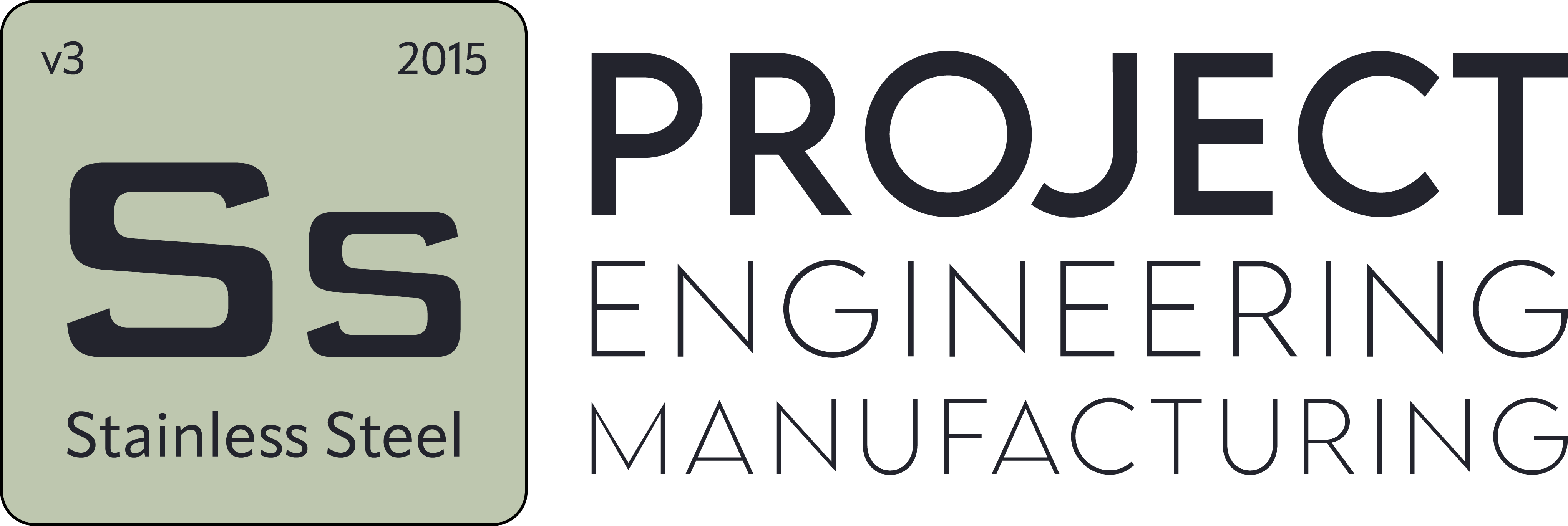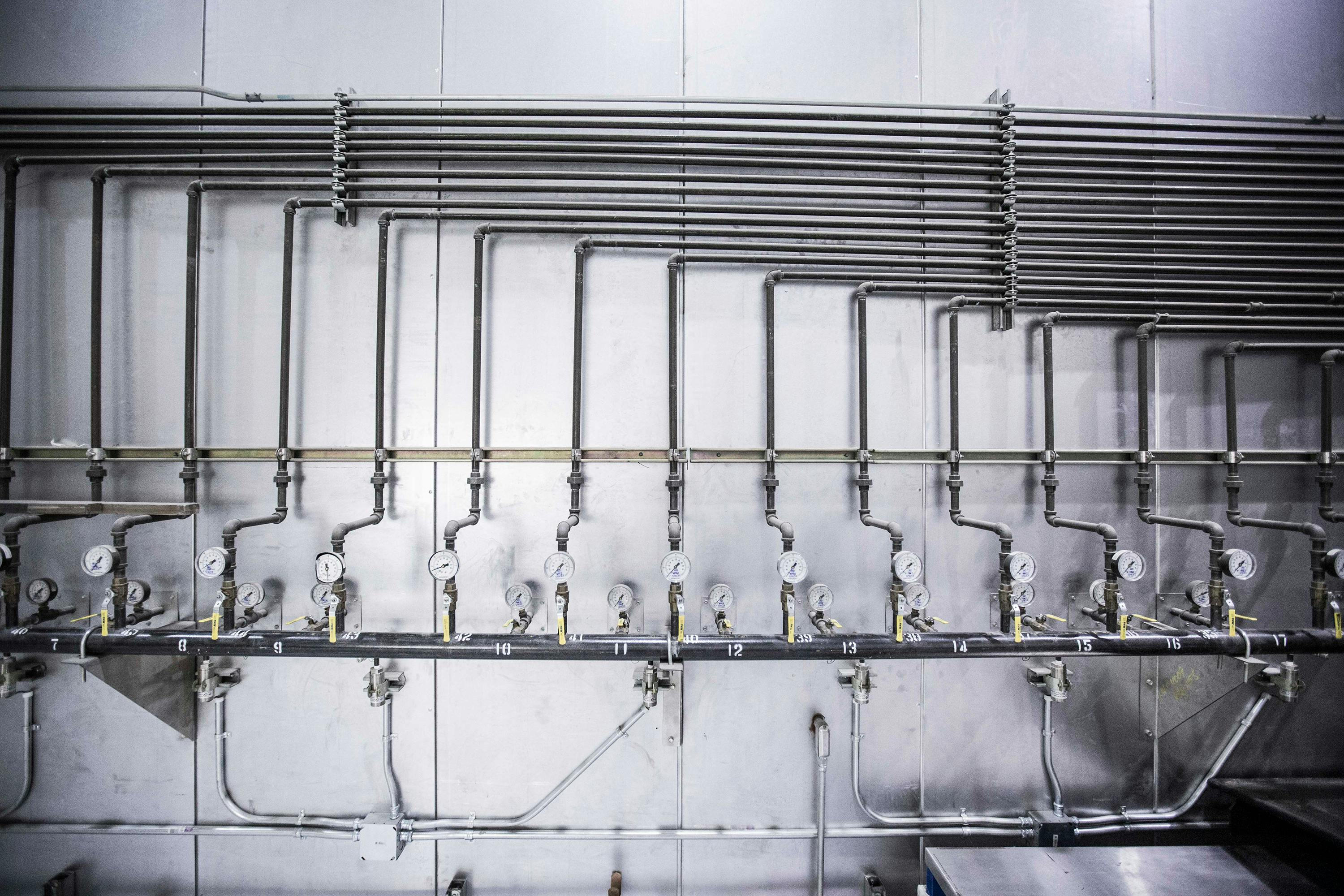What is Stainless Steel Pipe Fitting? How To?
- Blog
- What is Stainless Steel Pipe Fitting? How To?
What is Stainless Steel Pipe Fitting? How To?
Stainless steel pipes are a long-lasting and reliable type of pipe that stands out with its resistance to corrosion and abrasion. For this reason, they are frequently preferred in buildings, facilities and industrial applications. Stainless steel pipe installation is the process of installing these pipes correctly and safely. In this article, we will examine what stainless steel pipe installation is, how it is done, and things to consider.
Advantages of Stainless Steel Pipe Fitting
-
Durability: Stainless steel pipes are highly resistant to corrosion, abrasion and high temperatures. In this way, they can be used without any problems for many years.
-
Hygiene: Stainless steel does not create an environment conducive to the shelter of microorganisms. Therefore, it is very important from a hygienic perspective. It is frequently preferred especially in food and pharmaceutical facilities, hospitals and laboratories.
-
Aesthetic Appearance: Stainless steel pipes have a bright and modern appearance. In this way, it adds aesthetic value to buildings and installations.
-
Ease of Maintenance: Stainless steel pipes can be easily cleaned thanks to their smooth surfaces. This significantly reduces maintenance costs and time.
-
Recyclability: Stainless steel is a recyclable material. In this way, it is environmentally friendly.
How to Install Stainless Steel Pipe?
Stainless steel pipe installation is a complex process that involves some important steps. These steps are:
1. Planning: The first step is to plan the plumbing system. In this planning, the needs of the building, the amount of water and wastewater, the areas where the installation will be located and the materials to be used are determined. 2. Material Selection: The materials to be used in stainless steel pipe assembly should be selected carefully. Different stainless steel types and fittings are available. Materials that suit the needs and budget of the project should be selected. 3. Cutting and Connecting Pipes: Stainless steel pipes are cut using special equipment and joined by welding or mechanical connections. 4. Installation of Luminaires: Armatures such as sinks, toilets, showers and faucets are mounted using stainless steel fittings. 5. Testing and Control: After the installation is completed, it is tested to check for water leaks and malfunctions.
Things to Consider in Stainless Steel Pipe Installation
-
It Should Be Done by an Expert Plumber: Stainless steel pipe installation is a process that requires expertise and experience. Therefore, it is important to have this procedure done by a competent and experienced plumber.
-
Quality Materials Should Be Used: The materials used in stainless steel pipe assembly must be of high quality. Poor quality materials can lead to corrosion and leaks.
-
Plumbing Standards Must Be Compliant: During plumbing installation, relevant plumbing standards and regulations must be followed.
-
Cleaning and Hygiene: Attention should be paid to cleanliness and hygiene during and after installation.
Stainless Steel Pipe Installation Tips
-
Before installing the installation, make sure that the capacity of the building's water and wastewater system is sufficient.
-
When laying plumbing pipes, make sure the walls and floor are solid.
-
When installing plumbing fixtures, read the instructions carefully and correct connections must be made.
-
After the installation is completed, check for water leaks and malfunctions.
-
Have your installation checked and maintained regularly.
Stainless Steel Pipe Installation Regulations
Stainless steel pipe installation must be carried out in accordance with relevant regulations and standards. These regulations are:
-
Plumbing Regulation of Buildings
-
Wastewater Installation Regulation
-
TS 5427 - Plumbing in Buildings
-
TS 5428 - Wastewater Installation in Buildings
-
EN 10028 - Stainless Steel Pipes
-
DIN 19569 - Pipe Connections
These regulations determine the necessary rules and conditions on the use of stainless steel pipes, connection details, pressure tests and other important issues. Installation companies and plumbers are required to comply with these regulations and standards.


